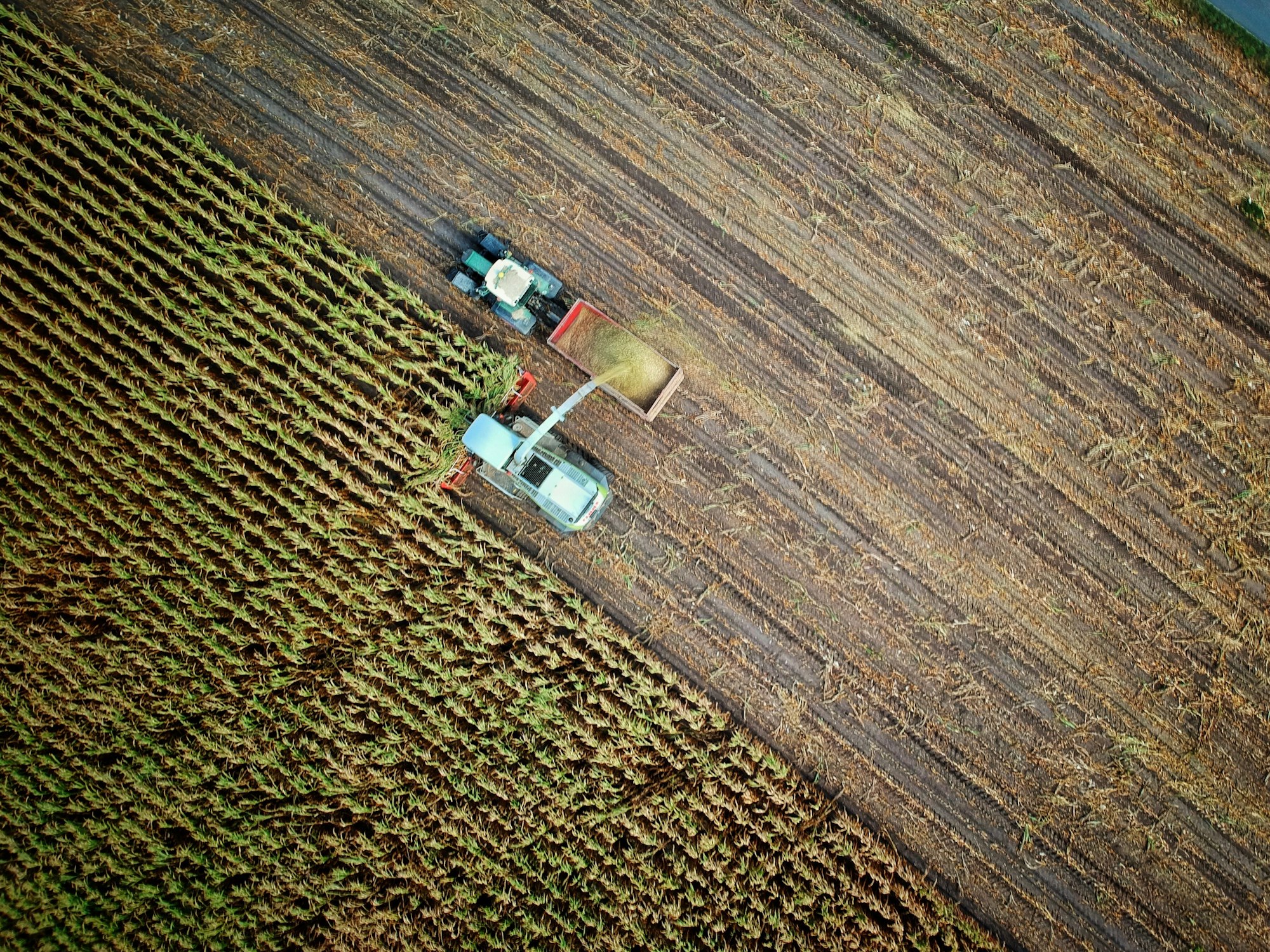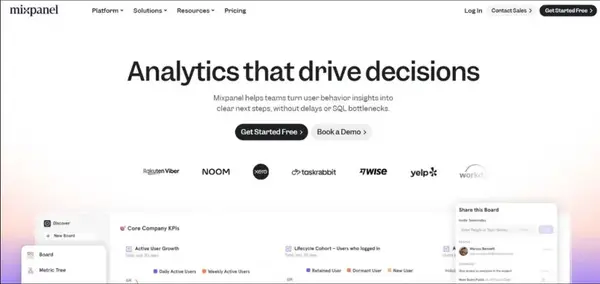Technical Brief: Strengthening OT/ICS Cybersecurity in 2024 and Beyond

Introduction The cybersecurity landscape for Operational Technology (OT) and Industrial Control Systems (ICS) grew increasingly complex in 2024, marked by rising geopolitical tensions and a heightened awareness among adversaries. These adversaries view OT/ICS environments as potential attack vectors for disruption. As a result, organizations face escalating pressure to improve the visibility and resilience of their OT/ICS networks. This brief outlines key trends, threats, and actionable strategies to bolster your OT/ICS cybersecurity posture.
Key Trends and Threats in 2024
- Lowering Barrier to Entry: Adversaries find it easier to target OT/ICS.
- Growing Awareness: OT/ICS is now seen as an effective attack vector by a wider range of adversaries.
- Basic Techniques are Effective: Simple methods, like manipulating internet-exposed HMIs, can cause significant disruptions.
- Ransomware Targeting Manufacturing: Manufacturing environments are heavily targeted due to the immediate pressure of downtime. In 2024, 50% of ransomware targeted manufacturing.
- Hacktivist Activity: Hacktivists increasingly target OT for disruptive amplification of their messages.
- Living off the Land (LOTL): Threat groups such as VOLTZITE utilize tools already present on compromised systems.

Prominent Threat Actors
- KAMACITE: Collaborated with ELECTRUM, targeting Ukrainian critical infrastructure and European oil and gas entities. They used the Kapeka backdoor and spear-phishing techniques.
- ELECTRUM: Worked with KAMACITE and hacktivists, developing the AcidPour wiper. They concealed their cyberattack against Kyivstar using hacktivist personas.
- VOLTZITE: Compromised SOHO routers, interacted with GIS, and used compromised infrastructure as relay points to enumerate internet-exposed critical infrastructure.
- GRAPHITE: Targeted hydroelectric generation facilities and industrial/energy organizations in Eastern Europe and Asia, leveraging compromised Ubiquiti Edge Routers.
- BAUXITE: Implicated in global campaigns targeting OT/ICS entities, sharing technical overlaps with the pro-Iranian CyberAv3ngers. They affected critical infrastructure in the U.S., Europe, Australia, and West Asia.
- CyberArmyofRussia_Reborn (CARR): A pro-Russia hacktivist group targeting critical sectors in the U.S., such as water, wastewater, oil, and natural gas.
- BlackJack: Claimed responsibility for breaching Moskollektor, disrupting industrial sensors in Moscow using Fuxnet malware.

ICS Malware and Exploitation
- Fuxnet: Allegedly used by BlackJack to disable sensors and destroy sensor gateways in Moscow.
- FrostyGoop: Impacted heating systems in Ukraine by manipulating ENCO controllers.
- DLL Hijacking: Dragos tracked 104 DLL hijacking vulnerabilities impacting industrial software. Stuxnet exploited DLL hijacking.

Vulnerability Landscape
- Incorrect Data: 22% of analyzed advisories contained incorrect data.
- Deep Network Vulnerabilities: 70% of vulnerabilities are located deep within OT networks.
- "Now, Next, Never" Framework: Dragos' framework helps prioritize vulnerabilities based on operational impact, exploitability, and available mitigations.

Essential Cybersecurity Strategies
To defend against these evolving threats, organizations must implement key strategies:
- Implement the SANS ICS 5 Critical Controls: These remain the best defense.
- Focus on the Basics: Prioritize fundamental security measures.
- Enhance Network Security Monitoring: Employ ICS protocol-aware network visibility for quick compromise scoping and root cause analysis.
- Prioritize Vulnerability Management: Identify and address critical vulnerabilities. Use the "Now, Next, Never" framework to prioritize vulnerabilities based on their impact on operations, exploitability, and available mitigations.
- Develop and Update Incident Response Plans: Ensure plans address responses to incidents like ransomware or PLC logic modification.
- Establish a Defensible Architecture: Conduct annual attack surface analysis and secure network gateways (VPN, RDP, SSH).
- Increase Visibility and Monitoring: Implement OT-aware monitoring solutions to detect subtle adversary movements.
- Secure Remote Access: Scrutinize ad hoc access points with increased logging, alerting, and multi-factor authentication.
- Adopt Risk-Based Vulnerability Management: Focus on real-world threats and verify CVE accuracy, prioritizing those causing loss of view or control.
- Restrict access to engineering ports on PLCs with fieldbus communications features and to fieldbus couplers and protocol translators.
- Change default passwords on IoT equipment, restrict access to device management interfaces, and monitor for exploitation.
Specific Actions to Consider
- Fieldbus Equipment: Restrict access to engineering ports on PLCs with fieldbus communication features.
- IoT Equipment: Change default passwords, restrict access to device management interfaces, and monitor for exploitation. Have a plan if these systems fail.
- Third-Party Risks: Implement a Software Bill of Materials (SBOM) to list all software versions and add-on components.
- DLL Hijacking: Hunt for DLL hijacking vulnerabilities and implement mitigations.
- Modbus/TCP: If using Modbus/TCP, assess the implementation of the SANS ICS 5 Critical Controls.
- SSH: Identify assets with SSH exposed to the internet and conceal access behind a VPN. Audit SSH keys and ensure strong passwords.
- VNC: Restrict access to VNC servers, especially on ports TCP/5800, TCP/5900, and TCP/5901. If remote access is needed, use a VPN and change default credentials.

Conclusion
The OT/ICS threat landscape requires proactive and adaptive cybersecurity strategies. By understanding the evolving tactics of adversaries and implementing foundational security measures, organizations can significantly reduce their risk and protect critical operations. Prioritize the SANS ICS 5 Critical Controls, enhance network monitoring, and adopt a risk-based approach to vulnerability management to build a robust and resilient defense.












